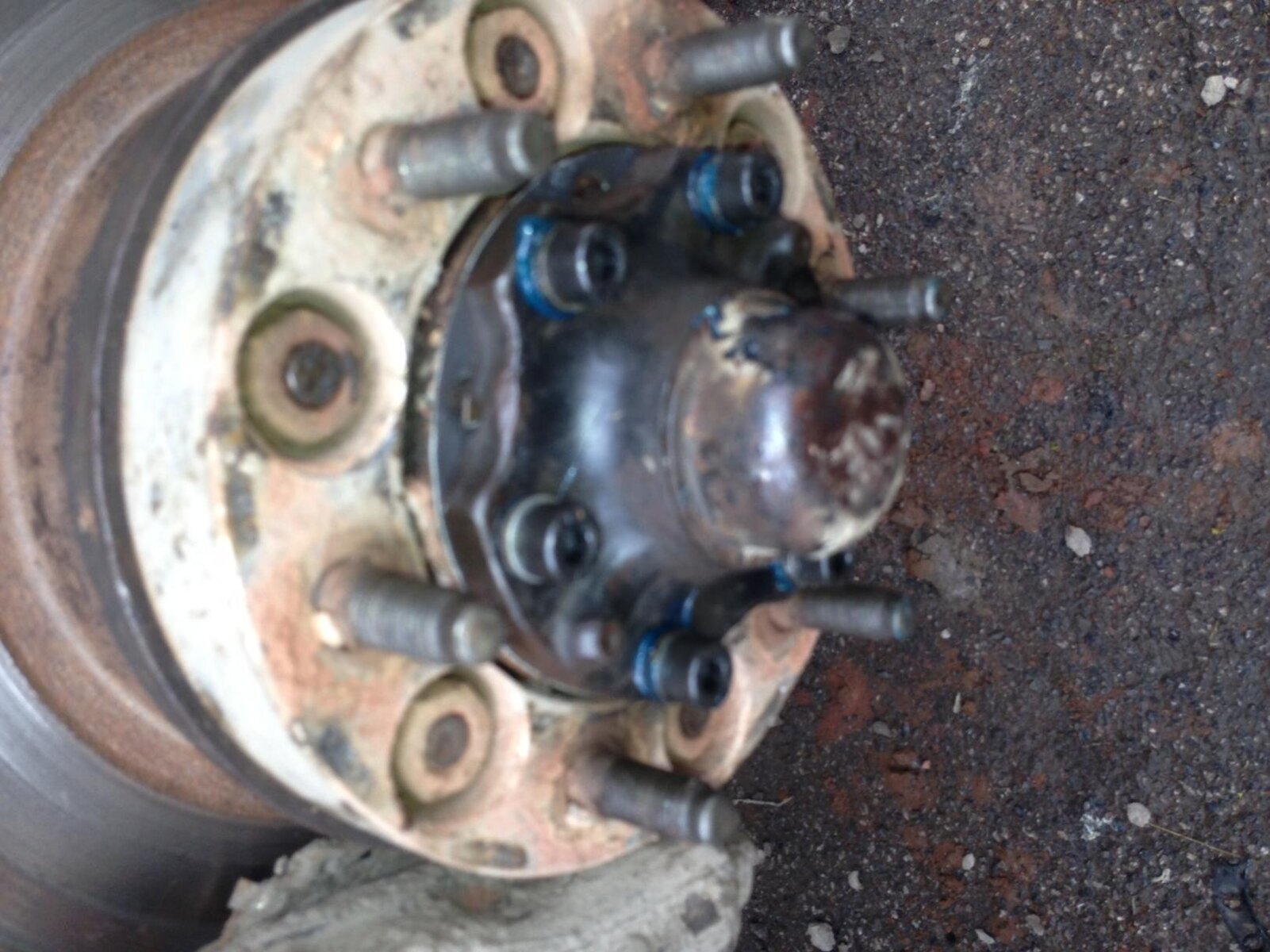Well, in the same woods as last time a few miles up the road, driving though a wash with mud in the bottom. I just came to a halt. Stuck the CDL in and drove out. Knocked the diff out on the other bank and had no drive. Yep, snapped all the studs off the short side front axle again. That's two hubs sitting in the garage now that need fettling. Had a hub all built up, just needed to lathe some dowels to fit, swapped the brake disc over and I'm mobile again. But bloomin' b*ggery b@ll@ocks I can't keep doing this. I have no idea what's causing it other of course than massive 37's, Longfield CVs and 1 million giga tones of torque. I need to upgrade these front hubs to the 10mm Hundee studs and flanges.
Grrrr
Chris
Grrrr
Chris







